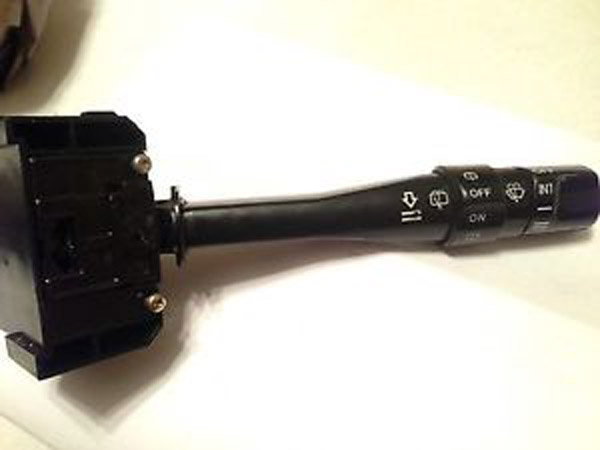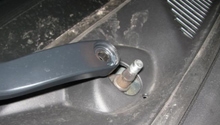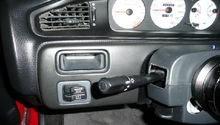Honda Civic: How to Repair Windshield Wipers
Most mechanical issues are about certain components failing to turn on, but why is it that your windshield wipers won't turn off? This could be annoying and costly, so read on to find out how you can repair your Civic's malfunctioning windshield wipers.
This article applies to the Honda Civic (1992-2000).
Your Civic's windshield wipers do the basic job of allowing you to have a clear view of the road. The wipers are activated via a steering column mounted switch, which then powers a motor to make them move left and right. While turning your wipers on is a good thing, not being able to turn them off is very bad. Below is a guide with possible situations that could cause your windshield wipers to stay on, regardless of the switch position.
The Honda-Tech community reports that 1992 to 2000 Civic model years have three most common flaws in the windshield wiper assembly. A problem could be caused by either the combination switch, the wiper arm ball joints, or the actual wiper motor. This article will describe how to investigate each.
Step 1 – Check for a faulty combination switch
The combination switch is is what relays a signal to the wiper motor, and enables it to turn on. When you use the high speed wipers, the combination switch sends that signal to motor, and makes it work faster. Over time, it's common for the prongs and contacts inside the combination switch to become dirty, and sends faulty signals or no signal at all.
First, check that the wiper motor fuse isn't blown. If so, replace it and check the the combination switch is working.
If the fuse isn't blown, use a multimeter to test that the wiper motor is receiving a signal from the combination switch. If not, the entire combination switch assembly must be replaced.
The cost for doing it yourself will range between $70 to $165, and the professional cost will be $250 to $350.

Warning
Disable the supplemental restraint system (SRS) airbag before testing the components related to the steering wheel or steering column. Improper wiring may activate the airbag, causing major harm.
If the fuse isn't blown and the combination switch is in working condition, move on to the next step.
(Related Article: How to Repair Your Headlight-Wiper Combo Switch - Honda-Tech.com)
Step 2 – Check the wiper arm ball joint
Your Civic's wiper arm swivels on a plastic arm joint that allows proper movement of the windshield wipers. Over time, this plastic ball joint will deteriorate, and the wiper arms will slip right past it. This would cause the windshield wipers to not move at all.
Remove the wiper arms and inspect the ball joints. If they are faulty or excessively worn, they will need to be replaced.
The cost for doing it yourself will be $30 to $40 for parts. The professional cost will be between $200 to $300.

Figure 2. New versus an old windshield wiper ball joint. 
Figure 3. A large gap may indicate deterioration of the ball joint assembly.
If the ball joint assembly is still in good condition, move on to the next step.
Step 3 – Check wiper motor
If you've diagnosed the first two options and the problem persists, the wiper motor may have stopped working. Most Honda-Tech members wait to inspect the motor at the very end because it's a little more difficult to replace, and a new wiper motor tends to cost the most.
Figure 3 will guide you through the steps of a windshield wiper test. it's an easy diagnostic procedure, and it will let you know if your wiper motor should be replaced. You can easily diagnose the motor with nothing but the car's battery.
The cost for doing this yourself will be $200 to $215, and the professional cost is between $350 to $450.

Figure 4. How to do a wiper motor test. 
Figure 5. Diagram of complete wiper assembly for a Honda Civic.
How to Repair Windshield Wipers
Related Discussions
- Wiper Combination Switch Issues- Honda-Tech.com
- How to Diagnose Your Faulty Wipers - Honda-Tech.com
- Wipers on My Honda Civic Won't Shut off - Honda-Tech.com






